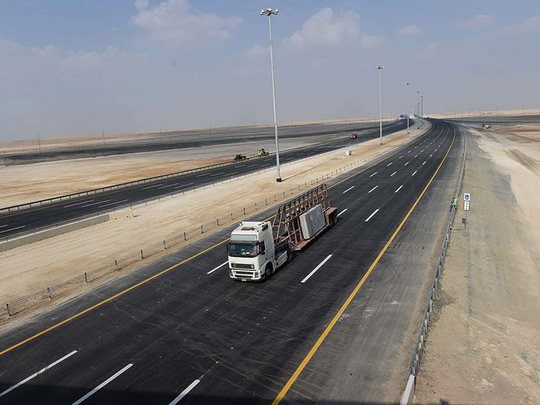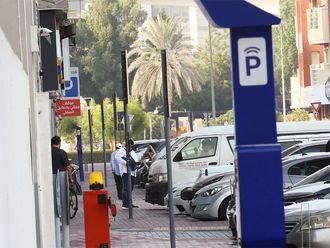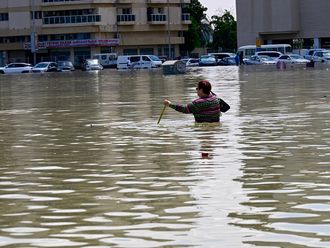
Abu Dhabi: A new 62-kilometre highway connecting Abu Dhabi and Dubai is nearly complete, and is expected to be opened to motorists by the end of the year.
The highway, which is an extension of Shaikh Mohammad Bin Zayed Road (E311), is expected to ease congestion on the existing E11 Abu Dhabi-Dubai highway or Shaikh Maktoum Bin Rashid Road, said officials at the Abu Dhabi General Services Company (Musanada). Musanada is a public firm that provides contracting, construction and facilities management services to government entities.
“The highway is being built at a cost of Dh2.1 billion and 98 per cent of the work is complete. It has six interchanges and six underpasses to ensure the smooth flow of traffic, and will include two petrol stations, one on either side of the road, between its first and second interchange near Seih Shuaib,” Shamsa Al Shamsi, project manager for the new highway at Musanada, told Gulf News ahead of a media tour.
Musanada has been in charge of all construction on the new highway, and began the work in the first quarter of 2014.
The highway consists of four lanes in either direction. Officials said it can carry up to 8,000 vehicles per hour, and will function as a strategic link between the two emirates for travel during peak traffic hours.
The route begins at the Abu Dhabi-Dubai border near Seih Shuaib, and extends until the Sweihan Interchange on the Abu Dhabi-Sweihan Road. On the way to Abu Dhabi, motorists will pass by Al Maha Forest, the Forestry Green Belt, Khalifa Port and Khalifa Industrial Zone, Abu Mureikha and Zayed Military Camp.
The route is expected to provide easy access to Abu Dhabi International Airport, Yas Island, Saadiyat Island and residential areas on the outskirts of Abu Dhabi, including Al Falah and Al Samha.
Already, some sections of the highway are open to motorists, Al Shamsi said.
“More than 2,000 man hours have been spent to construct this new road according to the highest standards. Work was split into two construction packages,” she added.
Officials also say that they expect the reduced traffic congestion between Abu Dhabi and Dubai to reduce the number of accidents that occur.
The Department of Municipal Affairs and Transport (DMAT), which oversees and regulates transportation in Abu Dhabi emirate, had said earlier that the highway would be lit by 800 lighting columns placed at 300-metre intervals. There are also six lay-bys designed for use by heavy and light vehicles. These will serve as patrol points for police, ambulance and other emergency response providers. In addition, emergency response vehicles will be able to take U-turns at five points along the highway.
The hard shoulders of the highway are about three metres’ wide, and the median is 20 metres’ wide with a possibility for upgrades that could add a lane in each direction. There are also guard rails to prevent median crossings, and fences on both sides of the road to prevent the crossing of herds of animals.












